In the diverse and vibrant world of art, sculpture and painting stand as two of the most revered forms, each with its own rich tradition and unique market dynamics. In Australia, a country known for its dynamic arts scene, the question of which medium is more lucrative—sculpture or painting—invites a multifaceted exploration of market trends, economic factors, and cultural influences.
The Australian Art Market: An Overview
Australia’s art market is a microcosm of the global art scene, characterized by its own set of economic drivers and cultural preferences. According to the Australian Bureau of Statistics (ABS), the cultural and creative sectors contributed AUD 111.7 billion to the economy in 2018-19, highlighting the economic significance of the arts. Within this sector, the visual arts, including sculpture and painting, play a pivotal role.
Market Trends and Economic Factors
Recent trends indicate a growing appreciation for contemporary and indigenous art forms, which impacts the demand for sculptures and paintings. The rise of Australian Indigenous art has particularly influenced the painting market, with artists like Emily Kngwarreye and Clifford Possum Tjapaltjarri commanding high prices at auctions. Sculpture, however, has gained traction in public and private spaces, supported by initiatives like Sculpture by the Sea, which attract significant local and international attention.
Pros and Cons of Sculpture vs. Painting
Pros of Sculpture
- Three-Dimensional Appeal: Sculptures offer a tangible, interactive experience, enhancing their appeal in public installations and private collections.
- Durability: Sculptures, often made from materials like bronze or stone, tend to be more durable, ensuring longevity and potential appreciation in value.
- Unique Market Position: With fewer sculptors compared to painters, there is less competition, potentially leading to higher prices for unique works.
Cons of Sculpture
- Higher Production Costs: The cost of materials and the labor-intensive process can be significantly higher than for paintings.
- Limited Space for Display: Sculptures require more physical space, limiting their placement in smaller galleries or homes.
- Logistical Challenges: Transporting and installing sculptures can be complex and costly.
Pros of Painting
- Established Market: Paintings have a well-established market with a broad buyer base, from private collectors to public institutions.
- Lower Production Costs: Generally, painting requires fewer materials and can be less labor-intensive, leading to lower overall costs.
- Ease of Display: Paintings can be easily displayed in various settings, enhancing their marketability.
Cons of Painting
- Market Saturation: The abundance of painters leads to intense competition, potentially driving down prices for emerging artists.
- Vulnerability to Damage: Paintings are more susceptible to damage from environmental factors, affecting their longevity.
- Trend Dependency: Paintings often follow market trends, which can fluctuate significantly.
Case Study: The Art of Sculpture in Australia
One notable example of sculpture's impact in Australia is the annual Sculpture by the Sea exhibition. Held in Bondi, Sydney, this event transforms the coastal walk into an open-air gallery, attracting over 500,000 visitors each year. This exposure not only elevates the profile of participating artists but also boosts sales and commissions. A participating sculptor reported a 30% increase in commissions following the event, demonstrating the financial potential of sculpture in public art initiatives.
Case Study: The Painting Market Down Under
In contrast, the Australian painting market is buoyed by both contemporary and indigenous art. A significant sale in 2022 saw Emily Kngwarreye’s painting “Earth’s Creation I” fetch AUD 2.1 million at auction, underscoring the lucrative potential of paintings, especially those with cultural significance. This sale highlights the importance of cultural narratives and historical context in enhancing the value of paintings.
Common Myths and Mistakes in the Art Market
Myth: Sculpture is too niche to be profitable.
Reality: While sculpture may appeal to a more specialized audience, events like Sculpture by the Sea prove that there is a substantial market willing to invest in high-quality pieces.
Myth: Paintings are automatically more valuable because they are more common.
Reality: The value of a painting is highly dependent on the artist’s reputation, the work’s provenance, and market trends, not just its medium.
Myth: Contemporary art is a risky investment.
Reality: Contemporary art, including paintings and sculptures, can offer significant returns, particularly when the artist gains recognition or the work resonates with current cultural themes.
Future Trends in the Australian Art Market
The future of Australia's art market will likely be shaped by technological advancements and evolving cultural preferences. The integration of digital platforms for selling art, such as NFTs, could revolutionize how both sculptures and paintings are bought and sold, providing artists with new revenue streams. Additionally, the growing focus on sustainability and environmental art may influence the materials and themes used in both mediums.
Conclusion
In the debate of sculpture versus painting in Australia, both mediums offer unique opportunities and challenges. While paintings benefit from a larger market and lower production costs, sculptures provide a distinct appeal and durability that can lead to significant financial returns. Ultimately, the more lucrative option depends on factors such as the artist's skill, market demand, and cultural trends. For artists and investors alike, understanding these dynamics is crucial for success in Australia's vibrant art market.
Final Takeaway and Call to Action
Whether you are an artist, collector, or investor, staying informed about market trends is essential. Subscribe to our newsletter for the latest insights on the Australian art market and share your experiences in the comments below. What do you think is more lucrative in Australia—sculpture or painting?
People Also Ask (FAQ)
- How does the art market impact Australia's economy? The visual arts sector significantly contributes to the economy, with the cultural and creative sectors adding AUD 111.7 billion in 2018-19, according to the ABS.
- What are the biggest misconceptions about investing in art? A common myth is that art is a risky investment, but significant returns can be achieved, particularly with contemporary and culturally significant works.
- What are the best strategies for investing in art? Experts recommend diversifying investments across different media and focusing on artists with a growing reputation or cultural significance.
Related Search Queries
- Australian art market trends 2023
- Sculpture by the Sea Sydney
- Investing in Australian Indigenous art
- Contemporary art market Australia
- Sculpture vs. painting value comparison
- Art investment strategies
- Successful Australian sculptors
- Famous Australian paintings
- Art auctions in Australia
- Future of art in Australia

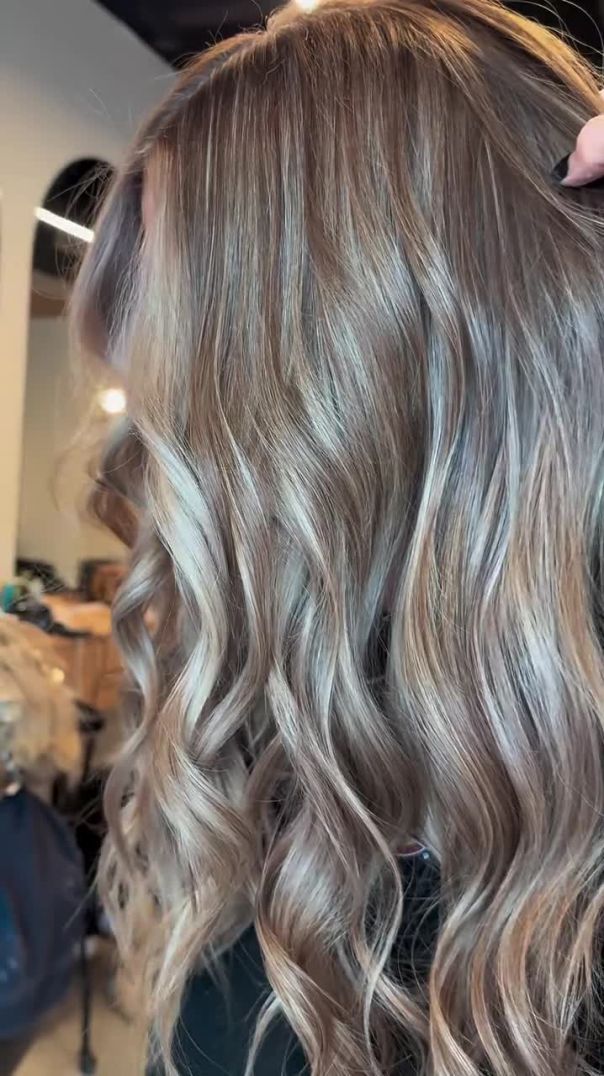
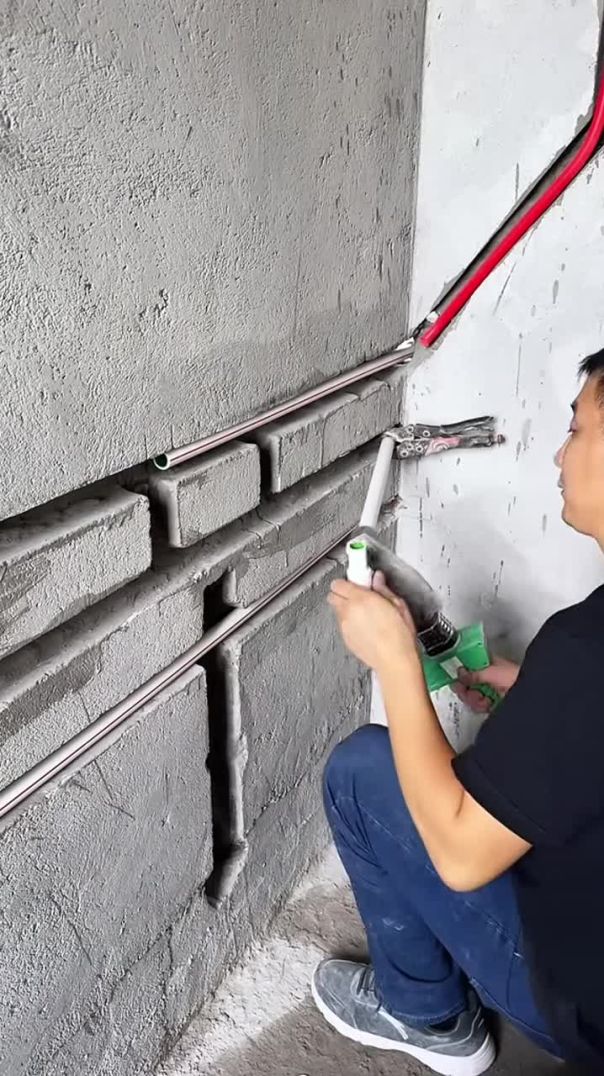
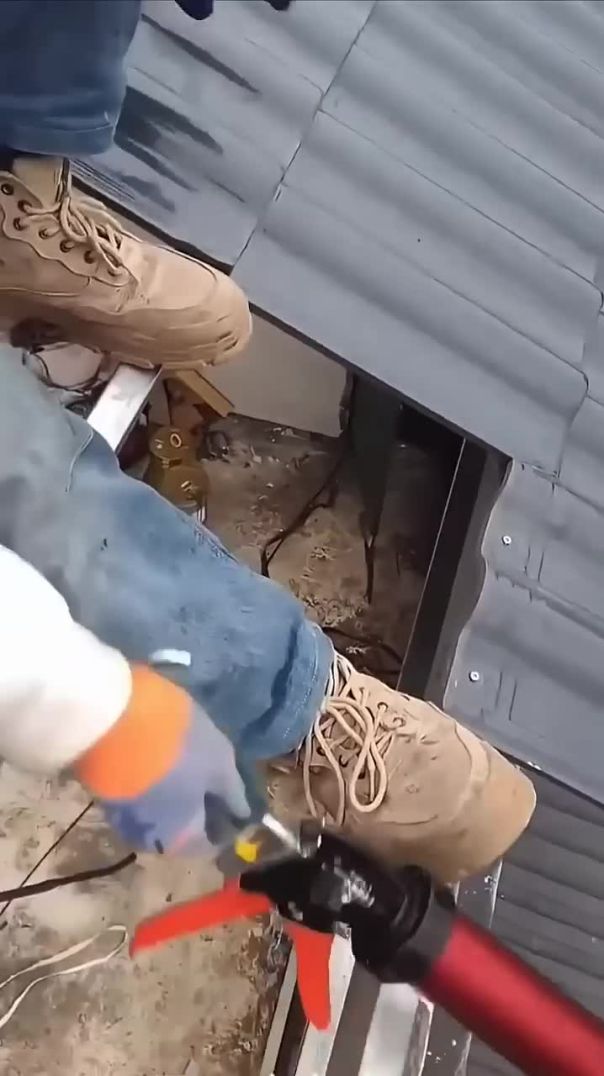
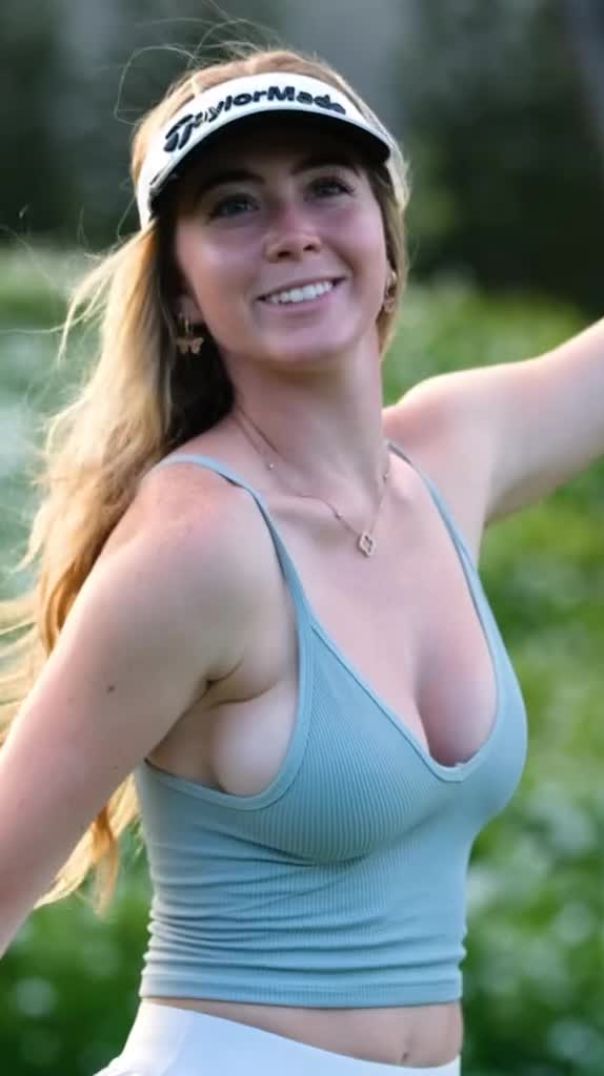
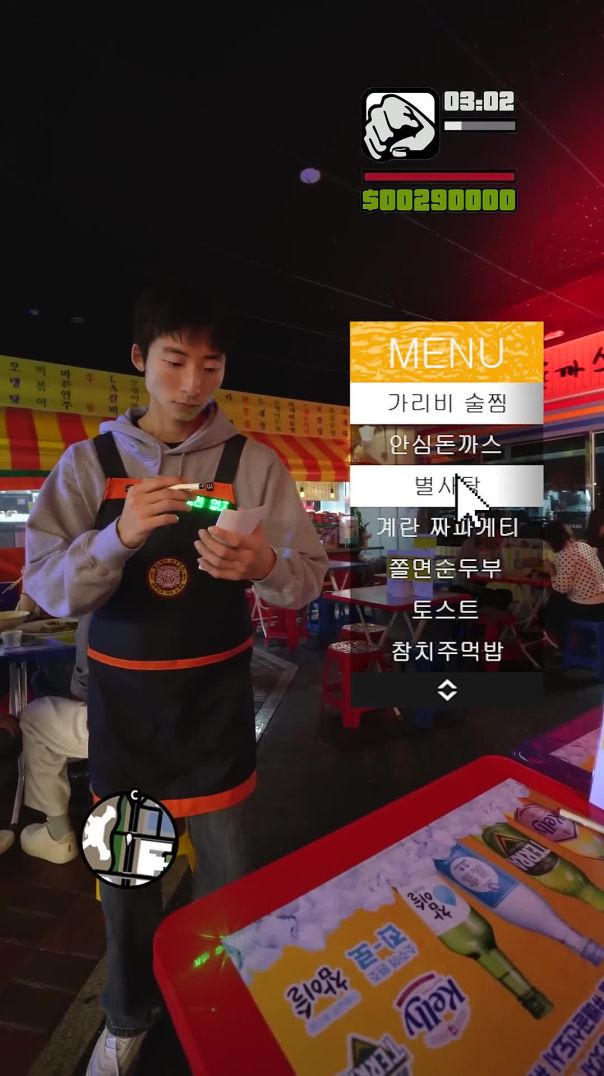
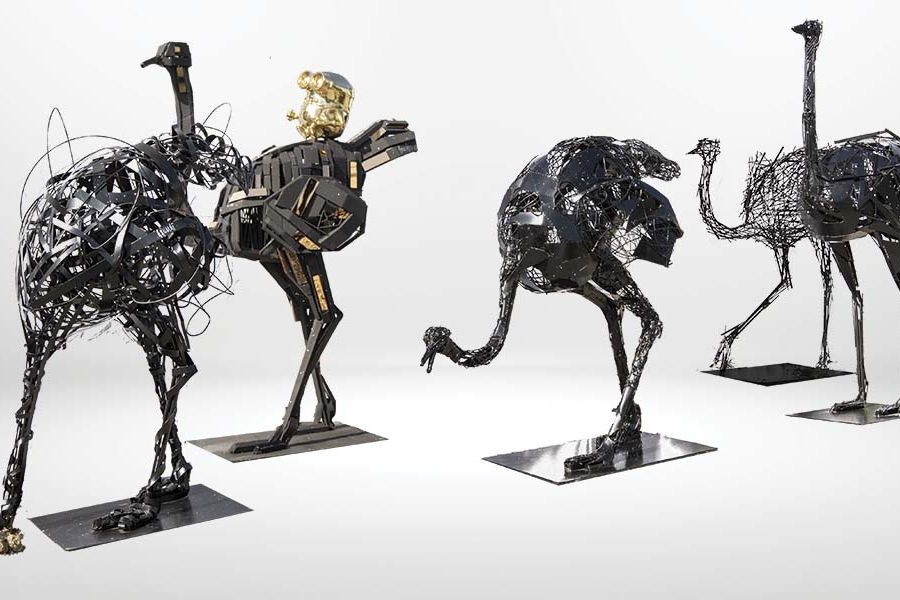

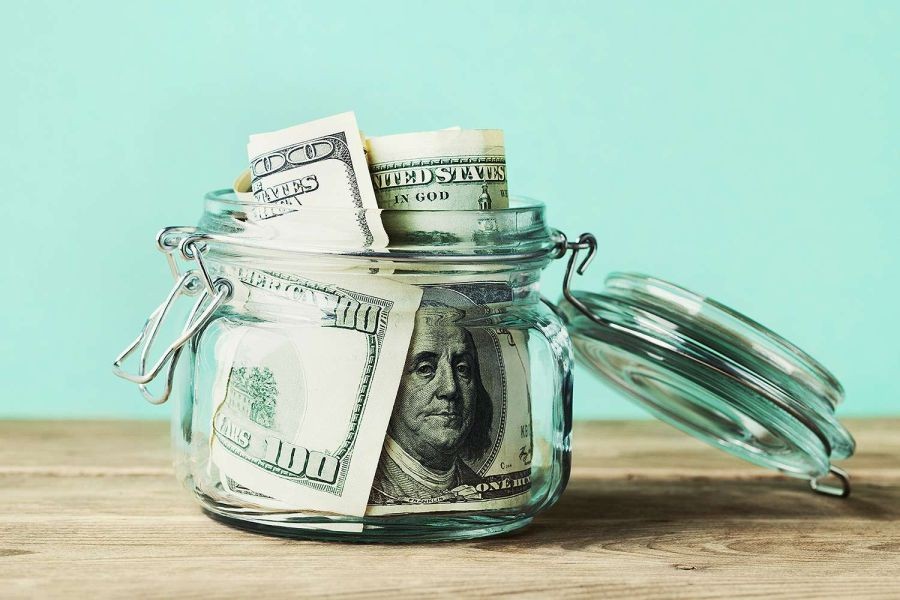


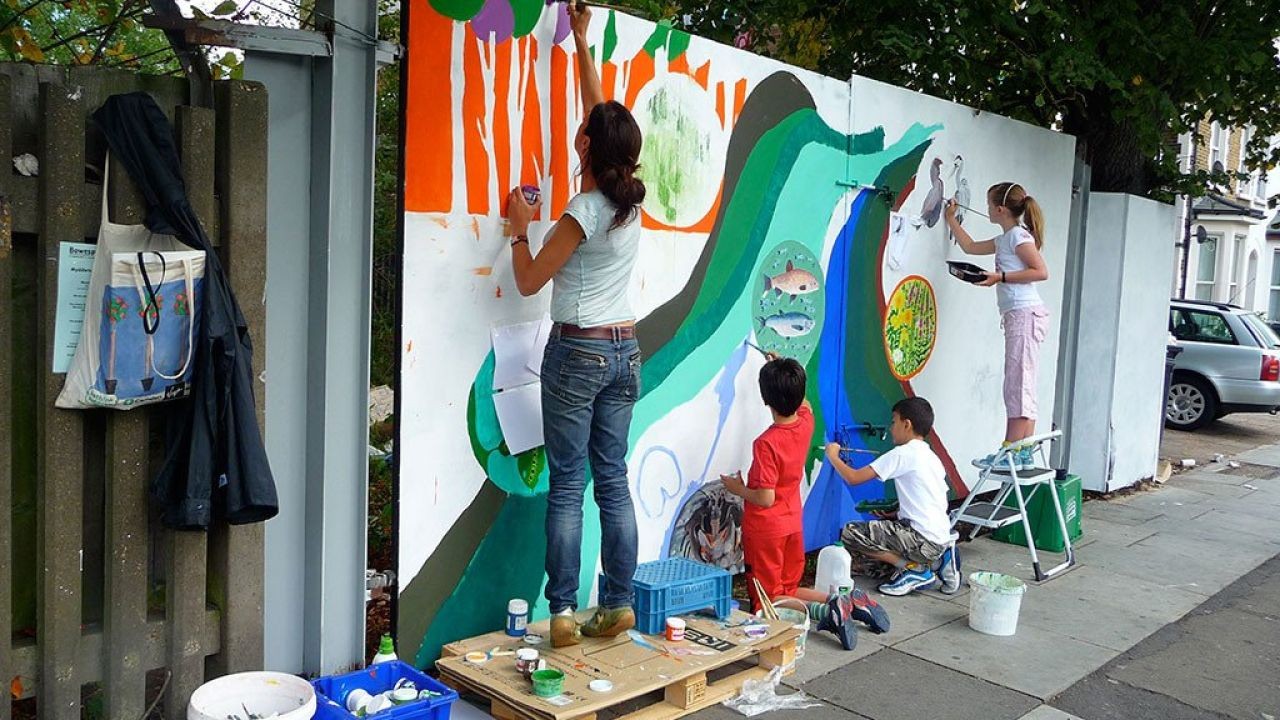
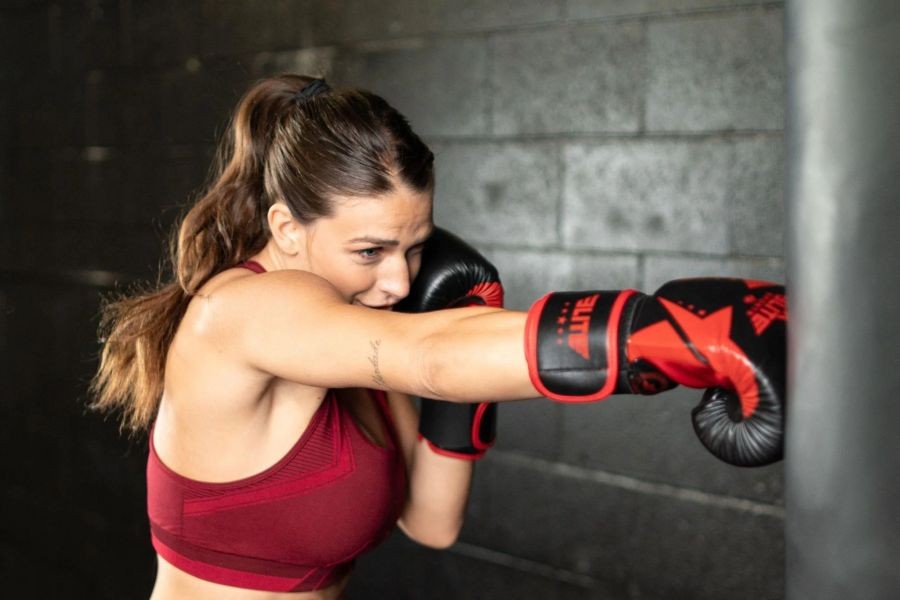



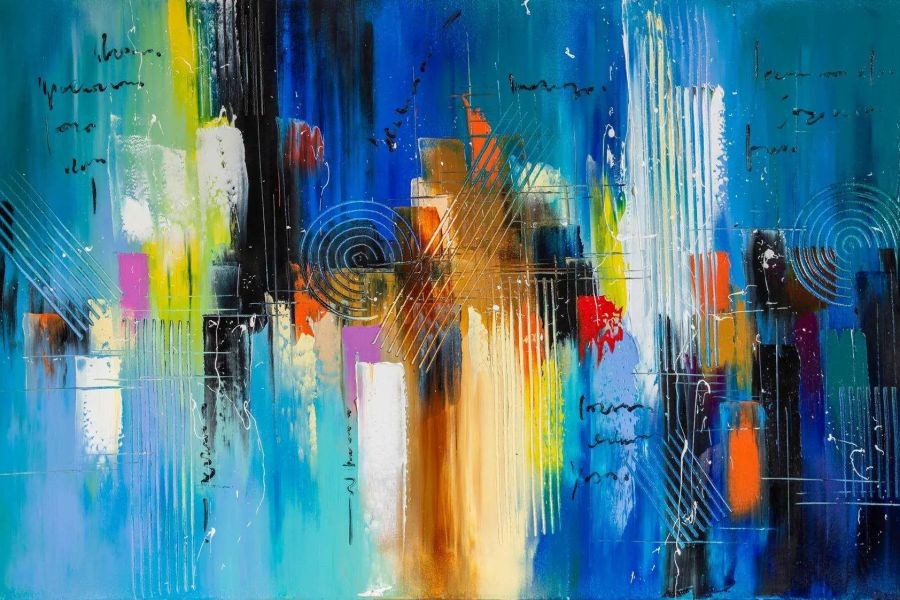

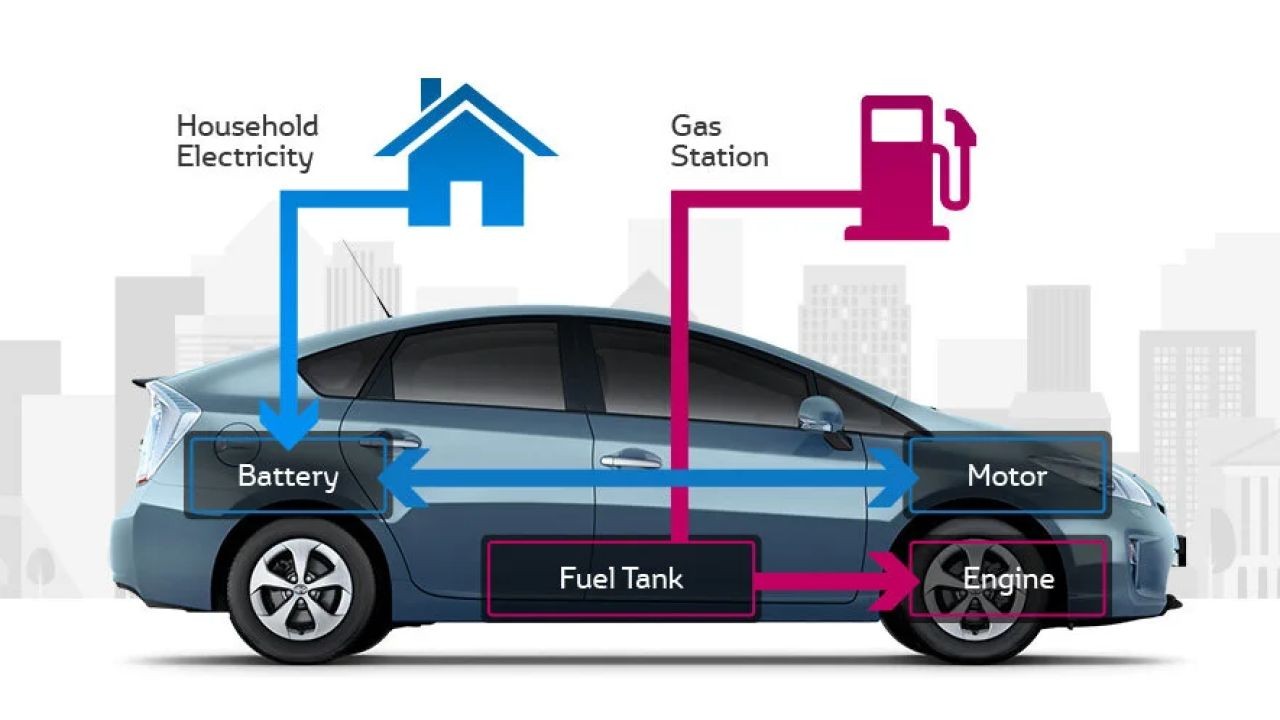
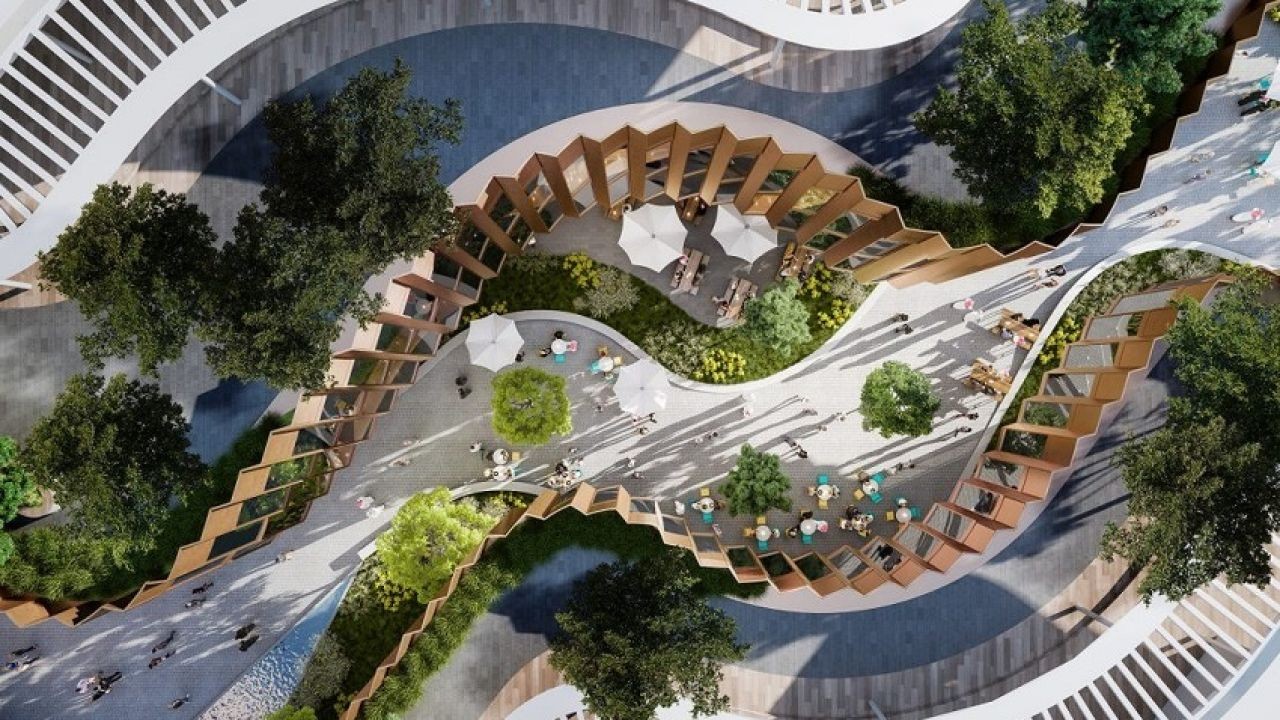







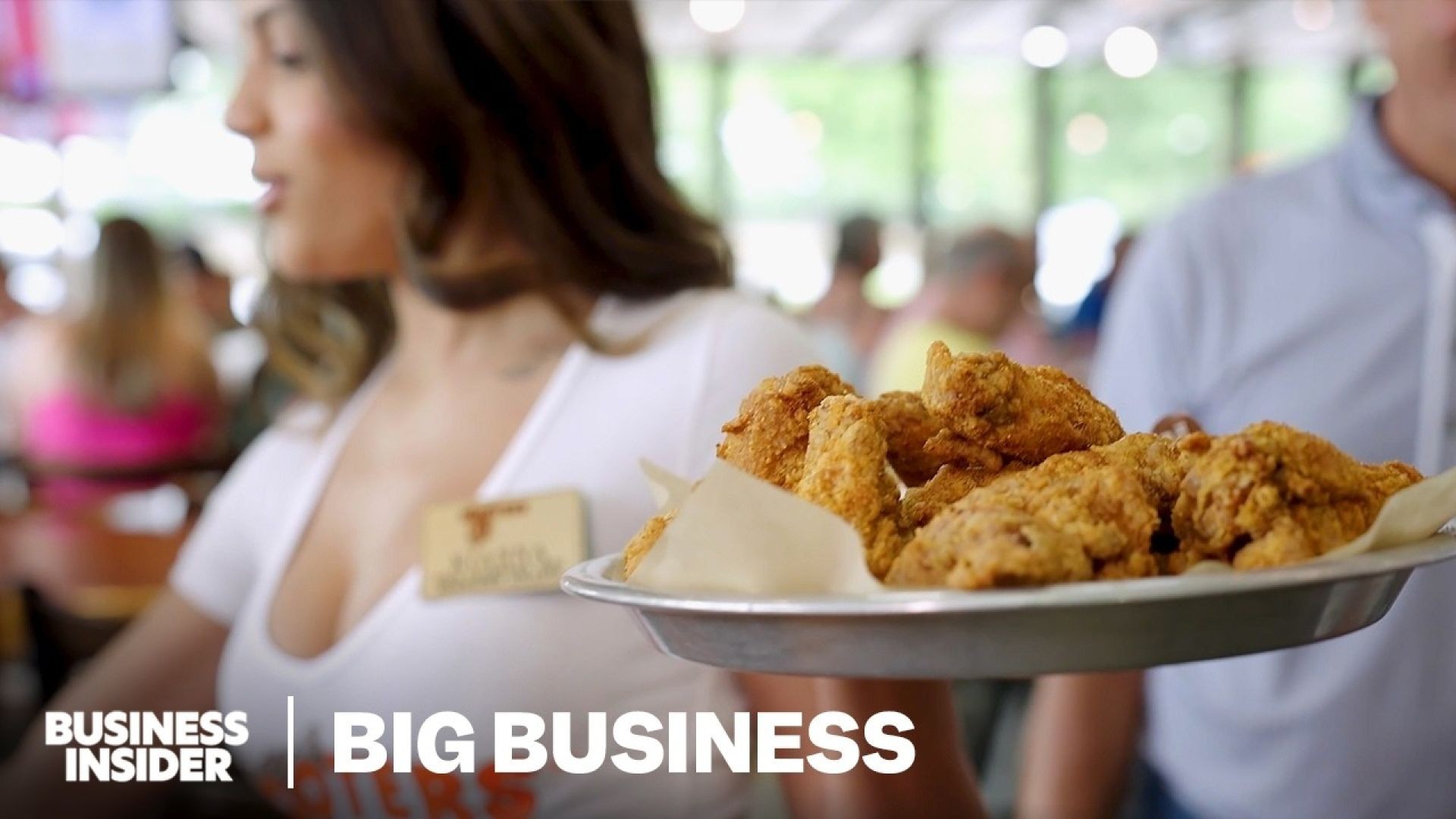
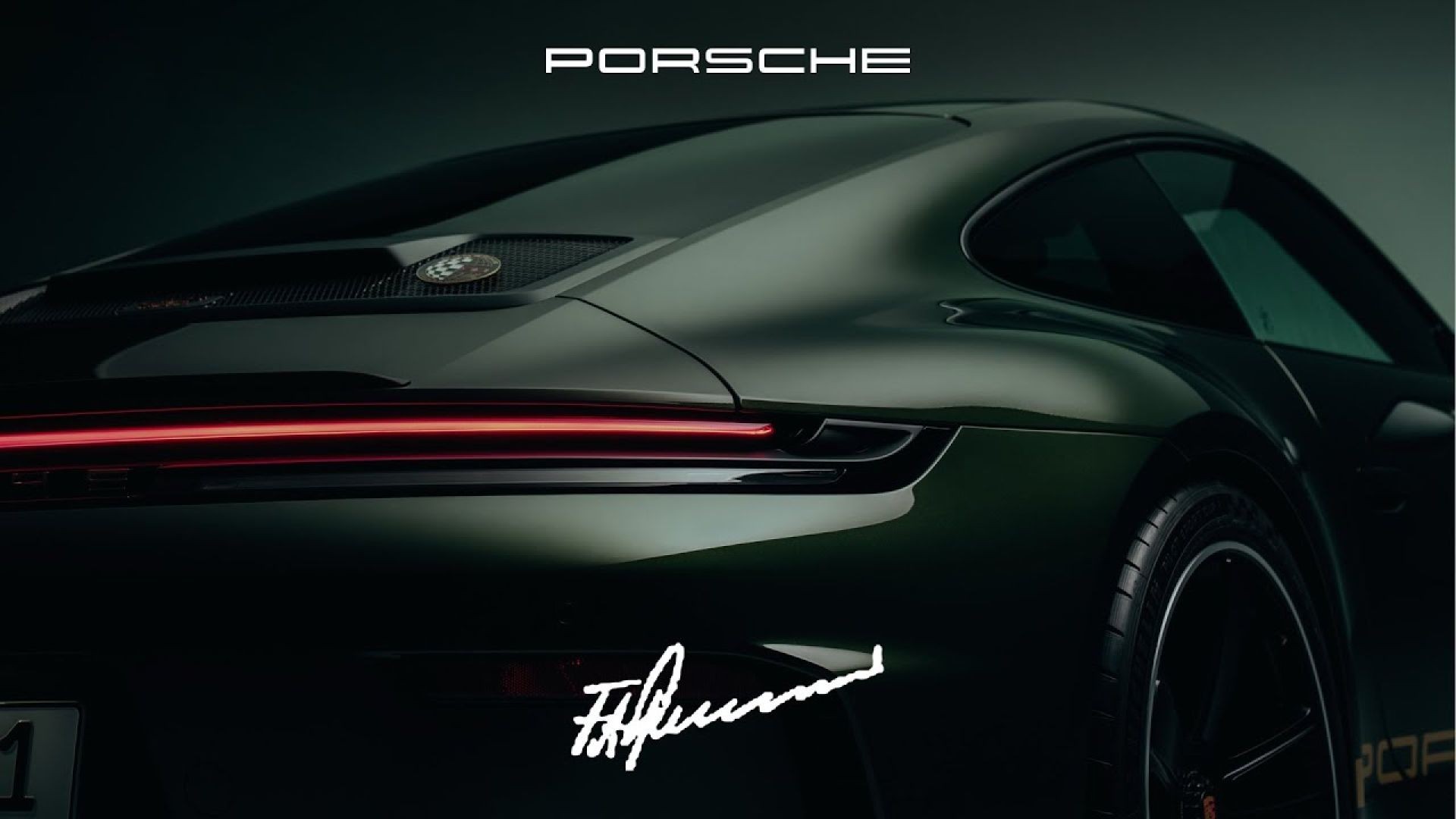
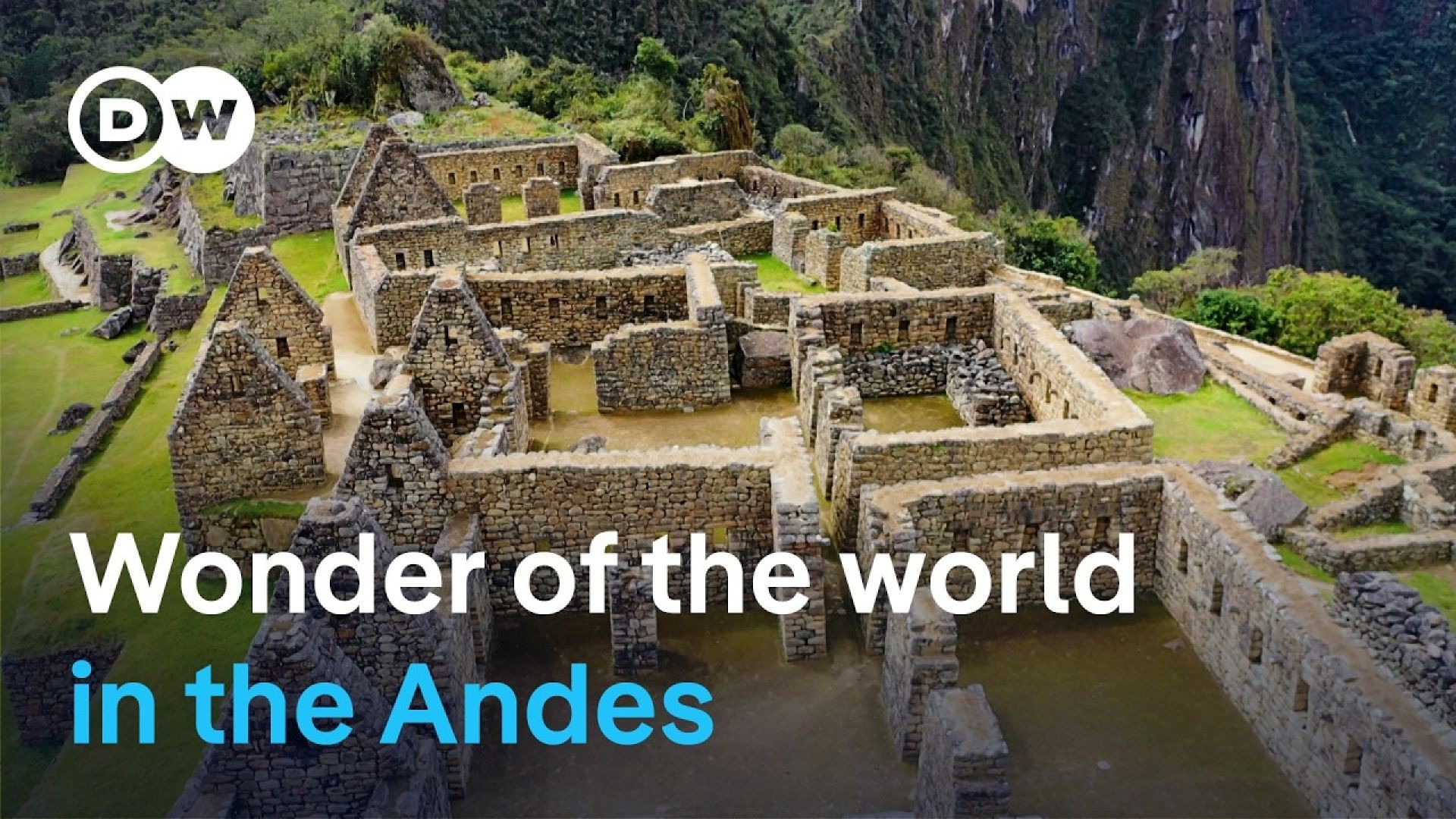

Interior fit outs
8 months ago